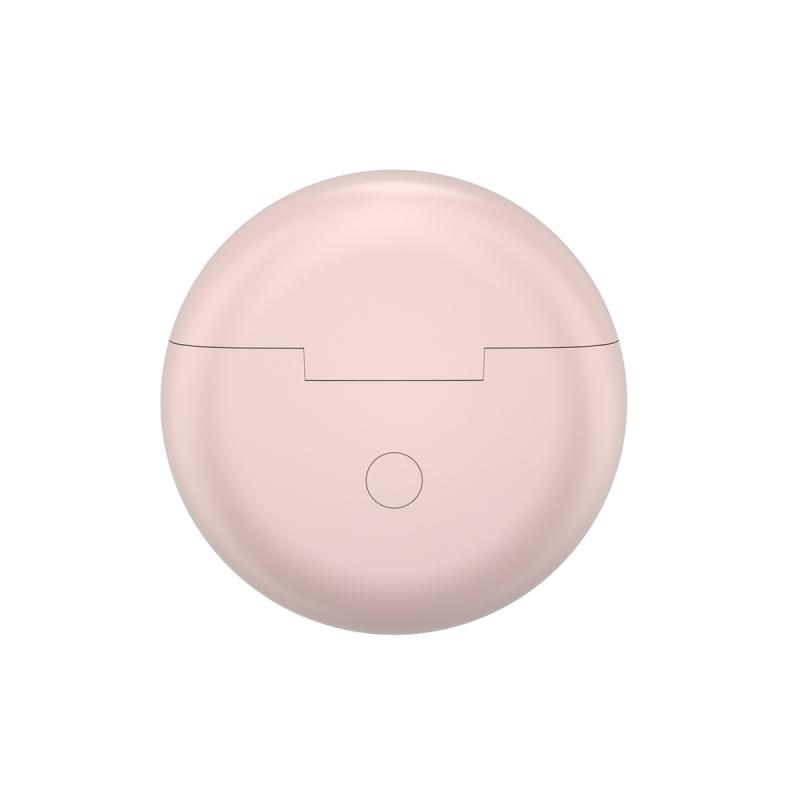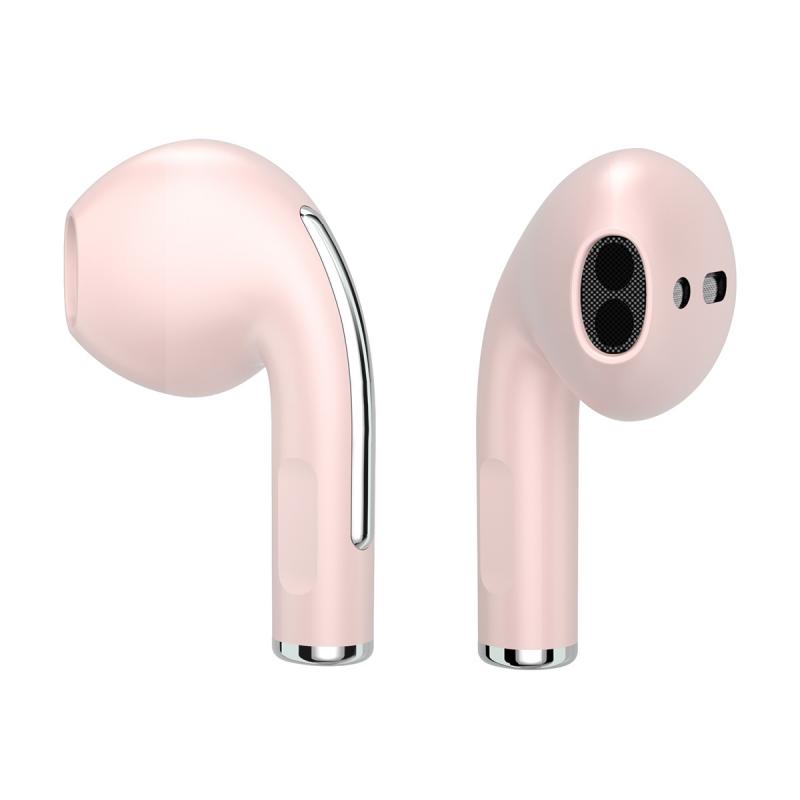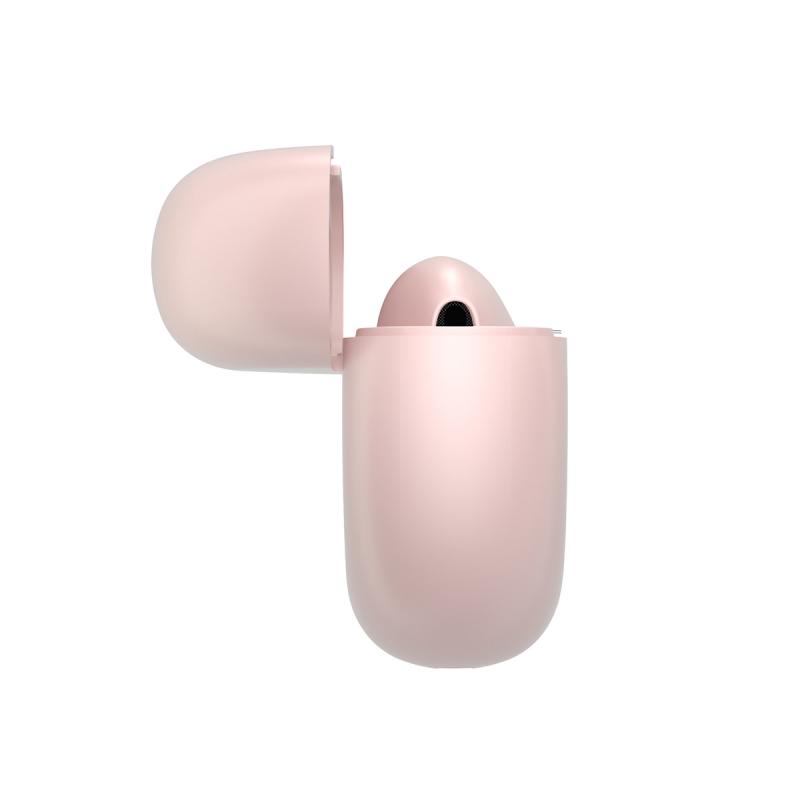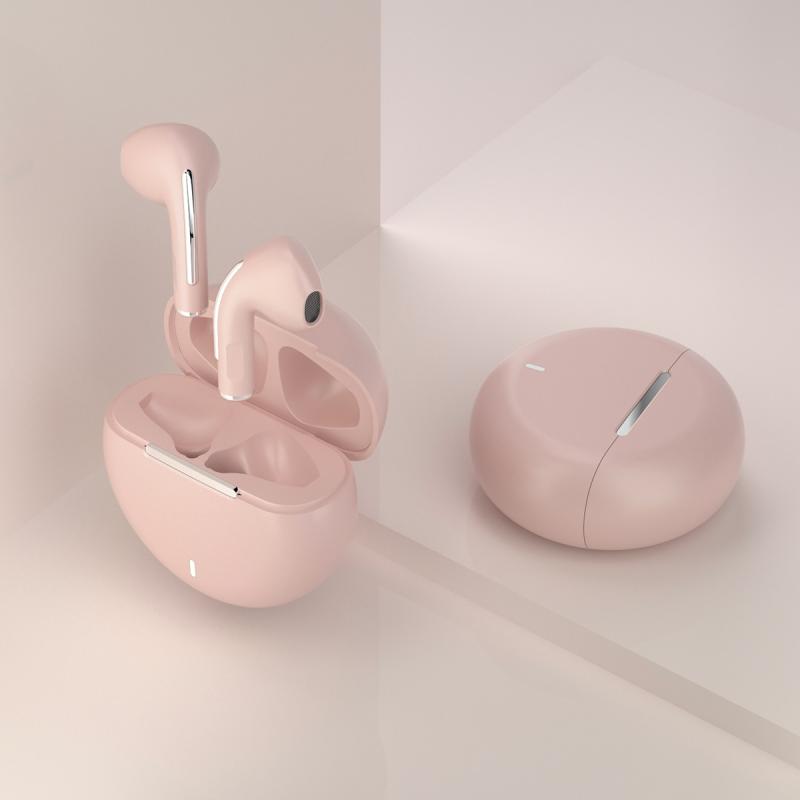How To Fix Earphones One Side Low Volume?
Earphones are an integral part of our daily lives, whether we’re commuting, working out, or simply lounging at home. However, there is nothing more frustrating than plugging in your favorite pair of earphones only to find that one side is quieter than the other. This imbalance in sound can ruin the listening experience and leave users in a conundrum over whether to invest in a new pair.
Fortunately, before you decide to discard your earphones, there are several steps you can take to potentially solve this issue. This article aims to illuminate various causes and remedies for low volume in one ear of your earphones, as well as offer practical advice and prevention tips.
Diagnosing The Problem

First and foremost, it's important to determine whether the issue stems from the earphones themselves or an external factor such as the audio source or settings. Here are the primary steps to initiate the troubleshooting process:
1. Check the Audio Source:
- Plug your earphones into a different device to see if the problem persists.
- Try other earphones with the same device to rule out a problem with the audio source.
2. Balance Settings:
- Devices often have balance settings that may have been inadvertently adjusted.
- On most smartphones and computers, you can find balance options in the sound settings. Ensure that the sound is equally balanced between the left and right earphones.
3. Look for Physical Blockages:
- Earwax, dust, or lint can block the small speaker grill on your earphones, resulting in reduced sound volume.
- Use a soft brush or a gentle air blower to clean these out.
4. Inspect the Cable:
- Over time, cables can become frayed or internally damaged, which might impede sound to one side.
- Bend the cable gently near the ends and along its length to see if it triggers any changes in sound quality, indicating a potential weak spot.
Practical Fixes

Once you’ve diagnosed the source of the problem, you can try the following fixes based on the potential issue detected:
1. Clean the Earphone Outlets:
- Carefully clean any debris lodged in the earphone outlets. Use a toothbrush with soft bristles or an earbud to remove dirt. A magnifying glass can help ensure thorough cleaning.
- For in-ear designs with detachable ear tips, remove and clean them separately using warm soapy water.
2. Reconfigure Audio Settings:
- If you established that the audio balance was off, most devices allow you to reset or adjust these settings so that both sides produce the same volume.
- Don’t forget to check equalizer settings on your media player, as these might also affect sound levels.
3. Repair Wiring Issues:
- If you suspect internal wiring problems, consider applying electrical tape to the problematic area of the wire as a temporary measure.
- More permanent solutions could include replacing the wires completely, though it may be cost-prohibitive unless you have detailed wiring knowledge.
4. Bluetooth and Software Fixes:
- For wireless Bluetooth earphones, ensure the firmware is updated. Manufacturers often release updates that address sound and connectivity issues.
- Try unpairing and pairing the device again. Sometimes resetting the Bluetooth connection can eliminate audio issues.
When to Seek Professional Help or Replace

If the problem remains unresolved after performing the above checks and fixes, it may be necessary to seek professional repair services or purchase a new set. However, make an informed choice by considering:
1. Warranty Coverage:
- Check if your earphones are still under warranty, as this can cover repairs or replacement.
2. Cost of Repair Versus Replacement:
- Compare repair costs to the price of purchasing new earphones. It might be more economical to buy new ones, especially if they provide enhanced features.
3. Environmental Considerations:
- Consider the impact of e-waste. Opting for recyclable models or ones with replaceable parts can mitigate environmental harm.
Preventive Measures

Understanding how to prevent this issue can save you time, money, and frustration in the long term. Here are a few preventive actions to incorporate into your routine:
1. Proper Storage:
- Avoid wrapping cords too tightly. Use a protective case for storage to prevent tangling and damage.
2. Regular Cleaning:
- Dedicate time to regularly clean earphones. This will prevent buildup that could block sound.
3. Manage Volume Levels:
- Listening at very high volumes can not only damage hearing but also stress the earphones’ sound drivers, potentially diminishing sound quality.
4. Careful Use:
- Use earphones in environments where they won’t be yanked or pulled frequently. Also, avoid letting cables dangle or dragging them across surfaces.
Uneven earphone volume is a common issue faced by many, but thankfully, often there are simple solutions at your fingertips. Identifying the root cause is key to determining whether a DIY approach is feasible or if professional help is required. Even more importantly, by understanding preventative measures, you can extend the life of your earphones, save money, and enjoy clear, balanced audio experiences continually.
By following these guidelines, you’ll no longer have to live with this frustrating imbalance, and instead can enjoy your music, podcasts, and calls as they are meant to be heard—in perfect harmony.

There are no comments for this blog.